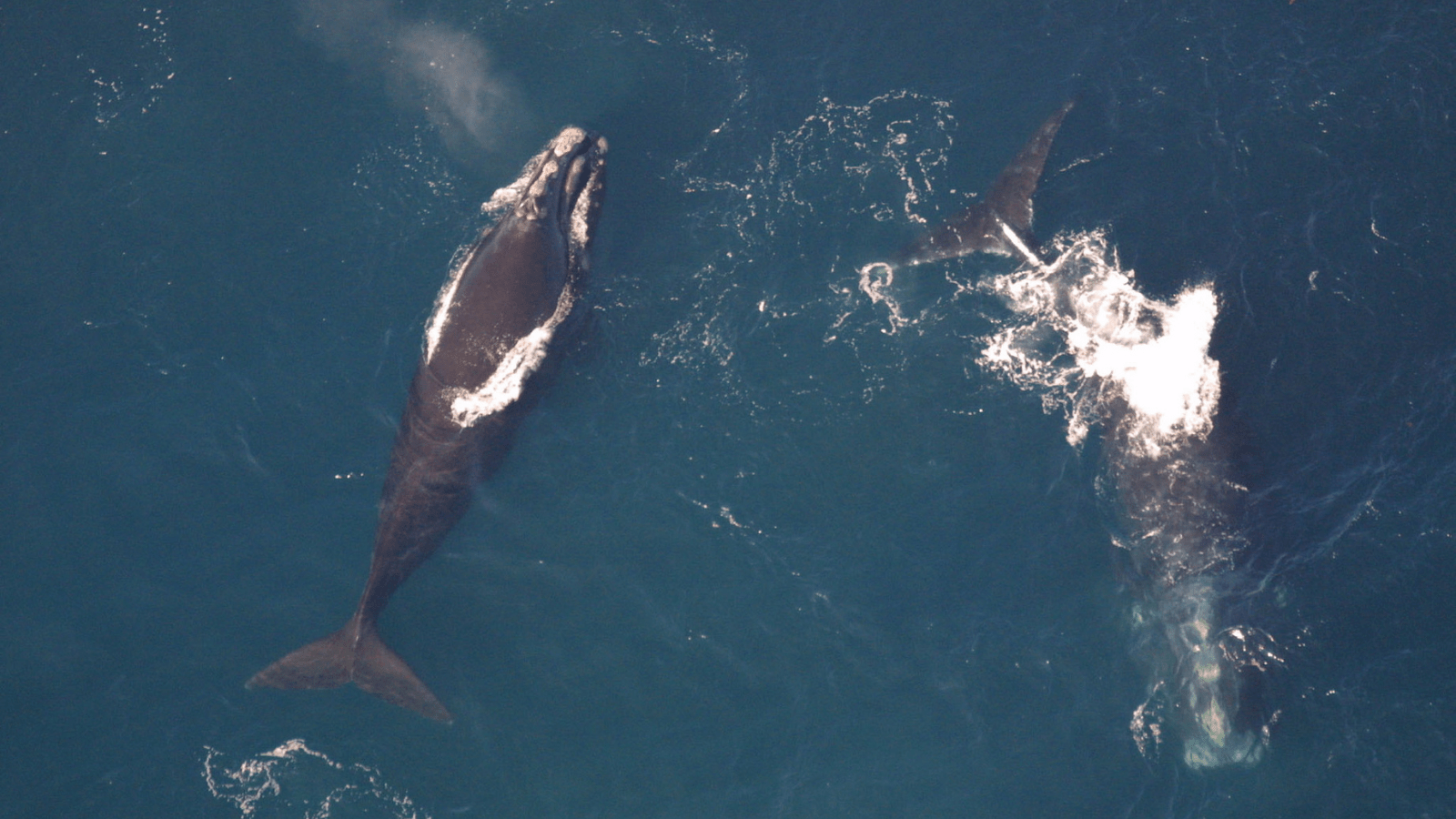We have much more to do and your continued support is needed now more than ever.
Offshore Wind and Considerations for Wildlife

At the end of November, the Biden Administration took another big step towards fulfilling its goal of creating jobs and addressing climate change by investing in offshore wind energy — an abundant and largely untapped carbon free energy source. The Bureau of Ocean Energy Management (BOEM) approved the second major offshore wind project, the South Fork Wind Farm, an up to 15-turbine project far off the shores of Rhode Island and Long Island that will deliver enough clean, renewable power to Long Islands’ electric grid to power 70,000 homes
The South Fork Wind Farm will contribute 132 megawatts to New York State’s goal of 9,000 megawatts of offshore wind power by 2035. Along with the recent approval of the 800-megawatt Vineyard Wind project approved last spring, it is another concrete step in realizing President Biden’s goal of generating 30,000 megawatts of offshore wind power over the next decade.
In addition to providing an enormous climate solution, offshore wind promises to generate tens of thousands of jobs while also reducing other harmful pollution from dirtier energy sources such as acid rain, mercury, coal ash, and other pollution associated with coal, oil, and gas. Climate change, as well as these other forms of pollution resulting from the extraction and burning of fossil fuels, are devastating ecosystems of all kinds, including our oceans which absorb significant amounts of heat and carbon dioxide from our atmosphere.
Watching out for wildlife
However, like any major development, offshore wind does not come without any potential risks. As such, the National Wildlife Federation has been working hard to ensure that impacts to wildlife like whales, birds, and bats are avoided, minimized, monitored, and mitigated as we grow this promising new solution.
Of particular concern are potential impacts to the critically endangered North Atlantic right whale. This magnificent, slow-moving, baleen whale is down to 336 known individuals that migrate up and down the Atlantic coast. Threats to this imperiled species include vessel strikes, entanglement in commercial fishing lines and nets, and disturbance from noise, which can damage the hearing of whales or cause them to avoid important foraging habitat.
The approval of this project includes several measures to protect the whale from possible threats from the construction of the project. In order to account for these potential impacts, the Bureau of Ocean Energy Management — the agency in charge of leasing offshore wind — has required construction only occur in months when the whale is least likely to be there, has placed seasonal vessel speed restrictions, and required that there be constant monitoring for the presence of whales during pile-driving and that pile-driving does not occur or is shut down when a whale is detected with within a certain distance.
Given its dire situation, the National Wildlife Federation will continue to advocate for stronger measures to protect the North Atlantic right whale. We expect and will push BOEM to ensure that protective measures evolve with the changing ocean conditions and improve accordingly. BOEM must follow the science to achieve a favorable outcome for the North Atlantic right whale and wildlife.
The BOEM approval also requires monitoring for birds and bats so that we can better understand and mitigate any potential impacts of offshore wind power on other wildlife. As this clean energy industry continues to grow, it is important we are monitoring and avoid impacts to wildlife wherever possible.
Offshore wind power has the potential to be among the most wildlife-friendly climate solutions. For offshore wind projects to succeed in time to help avoid the worst of catastrophic warning, it is critical that BOEM and other state and federal agencies continue to advance and require measures that protect wildlife along the way.
Learn more about the National Wildlife Federation’s Offshore Wind program.






















